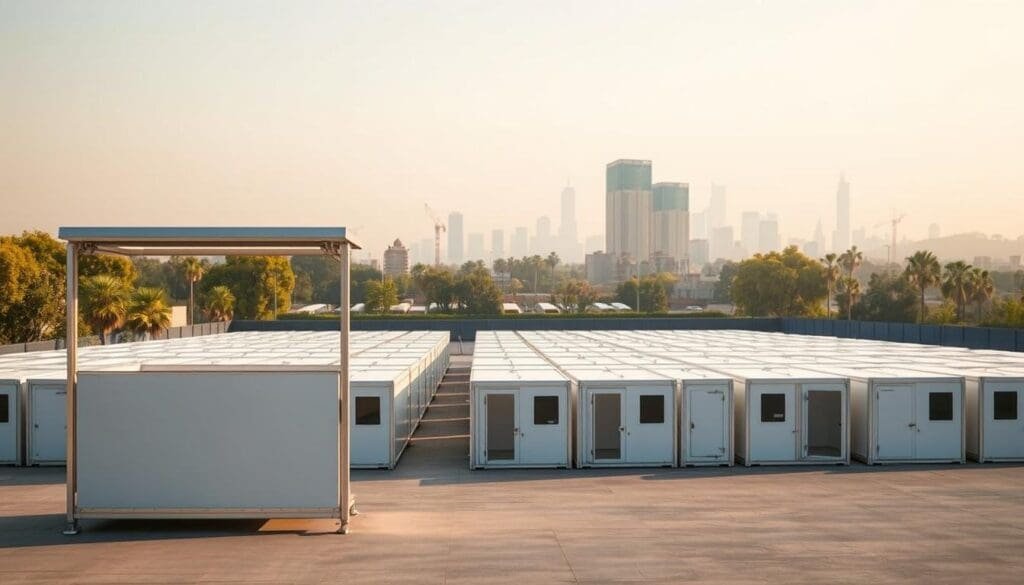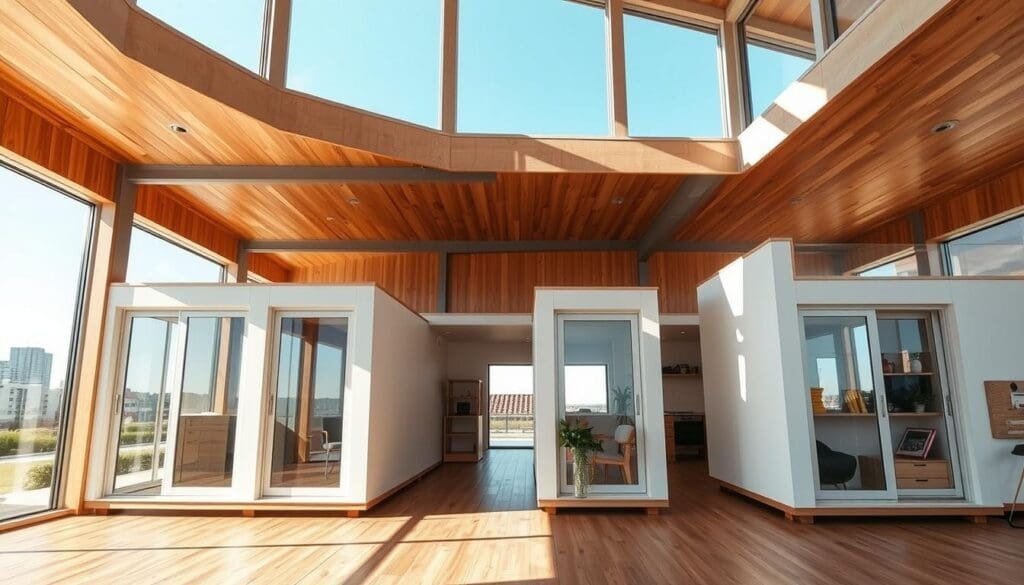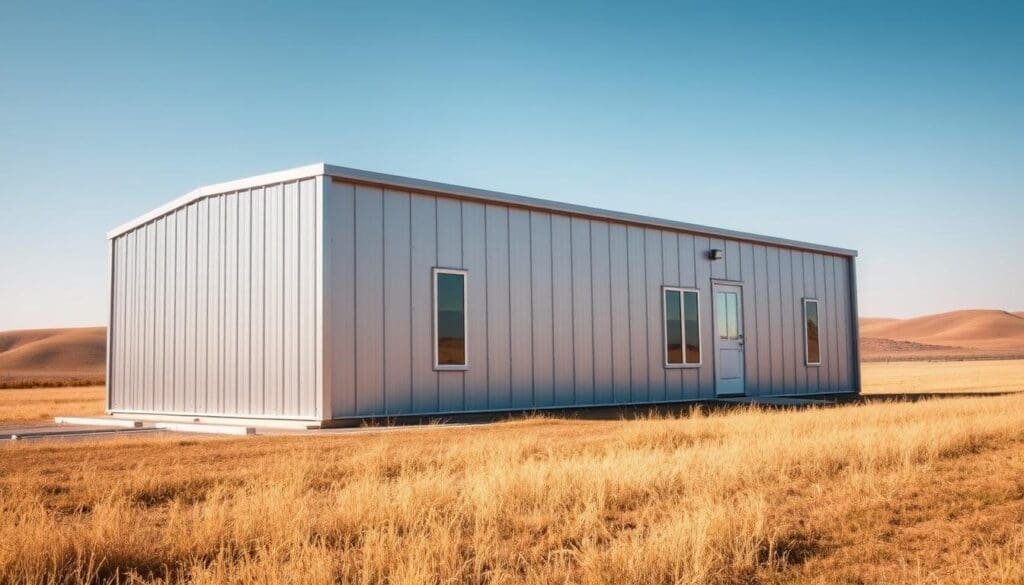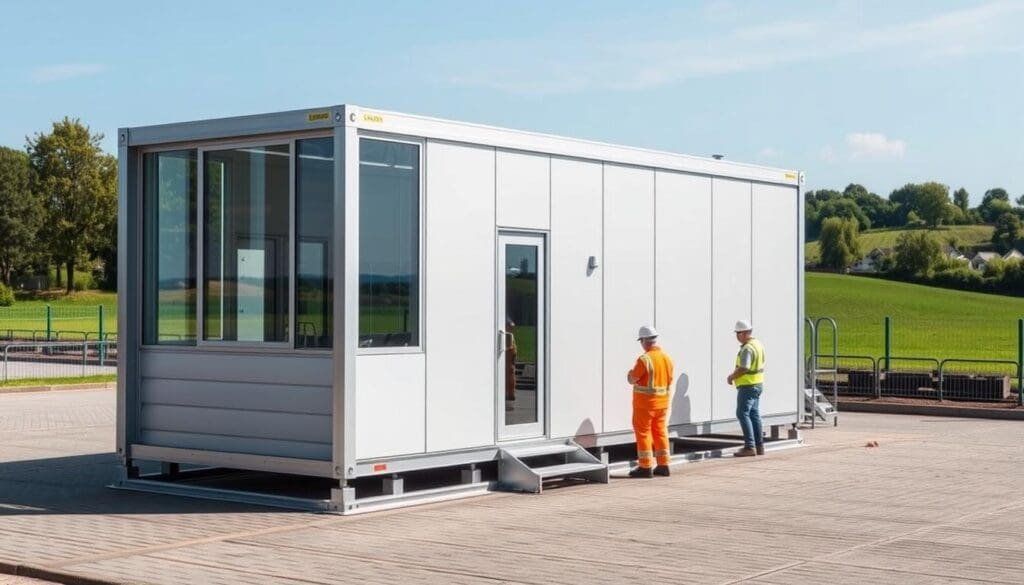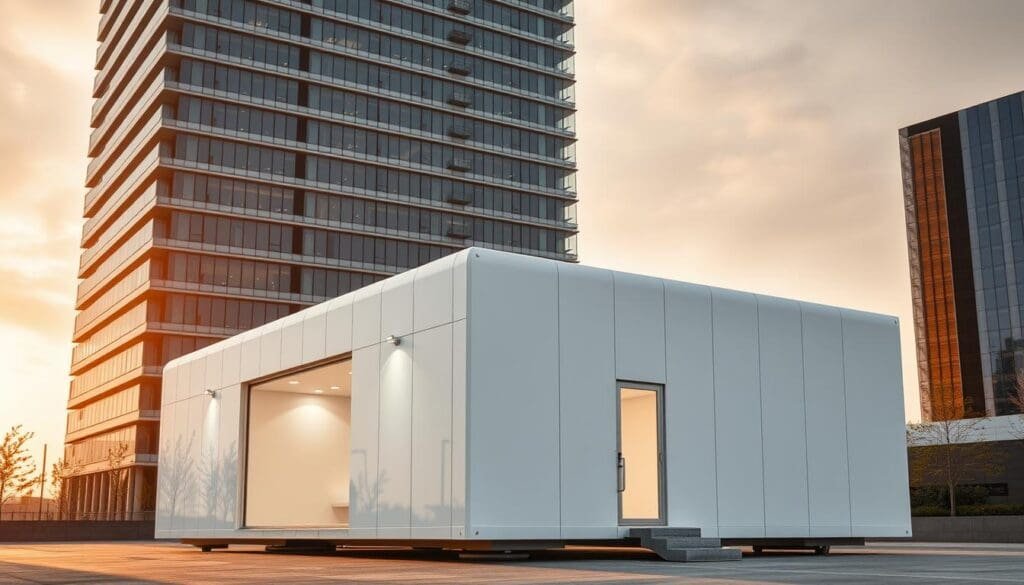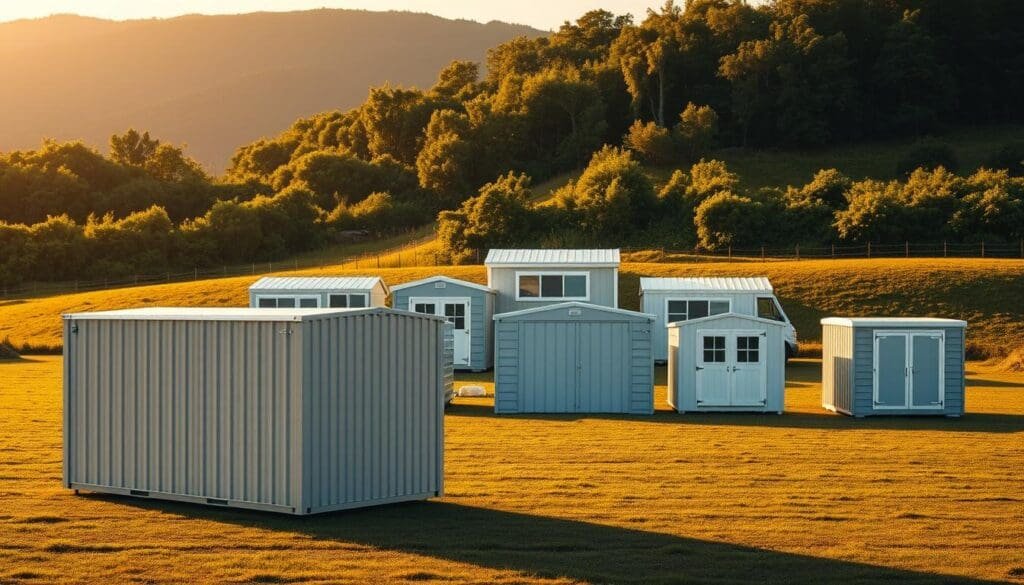09
Feb
Efficient Modular Temporary Buildings: Customizable Structures for Short-Term Projects
Are traditional construction methods slowing you down? Think about how you could change space solutions in weeks, not months. Modular t...
Free Delivery within Bangalore! From 1st September to Good Friday. Call 080 46809920 or email us at [email protected] to place your order.
Articles focusing on prefab technologies, labour colonies, houses, and buildings.
WhatsApp us
